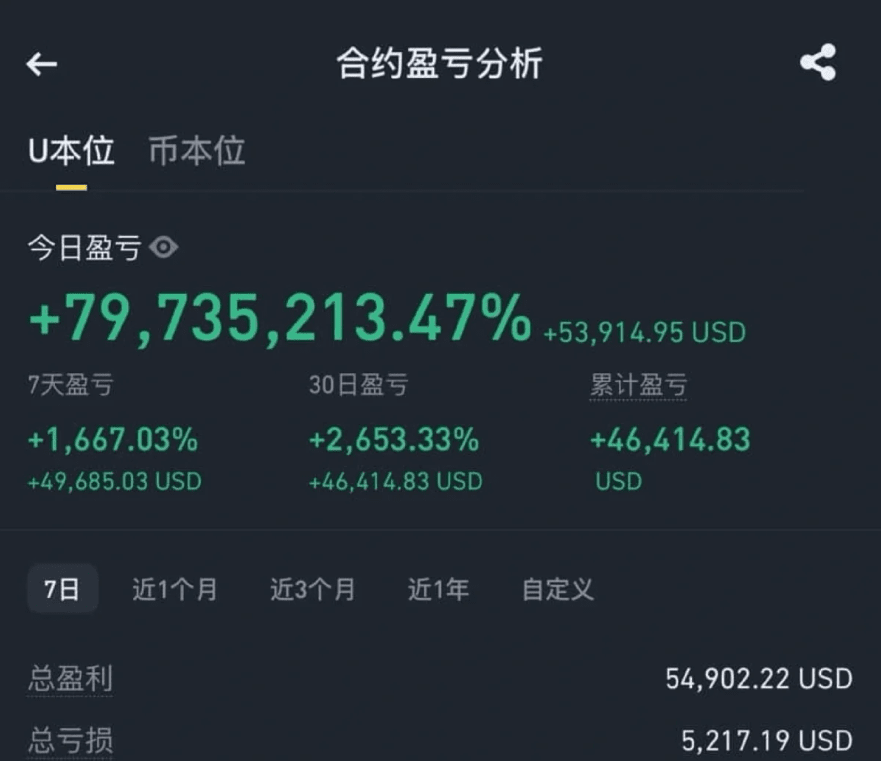When Bitcoin anchored at $100,000, remaining at historical highs for a hundred days, this 'milestone moment' that should have ignited market enthusiasm instead fell into a rare 'silent narrative'—the retail investor group, once the core driving force of every bull market, is collectively exiting, tearing open the deep cracks in Bitcoin's value ecology.
Looking back at the genetic makeup of Bitcoin's bull market, retail investors have never been simple 'participants' but rather the practitioners and disseminators of its 'decentralized narrative.' From the street discussions when it broke $100 to the nationwide questioning when it reached $10,000, in the conversations beside taxi drivers’ steering wheels, at the tea tables of distant relatives, and during ordinary teachers' breaks, lies the code of Bitcoin’s journey from 'geek toy' to mainstream visibility.
At that time, Bitcoin was a symbol of 'freedom technology' and a carrier of the imagination of 'financial freedom.' The enthusiasm of retail investors not only drove up the price but also solidified its grassroots foundation against the traditional financial system.
Now, this enthusiasm has dissipated into nothingness. There are no more questions of 'is it too late to buy now?' No more curious pursuits of altcoins like 'Fartcoin' or 'Dogecoin,' and even the repeatedly mentioned controversies surrounding Ripple have rarely attracted attention.
In Google Trends, the search popularity of Bitcoin is not as high as the leisure of 'Japanese-style walking' or the niche craze of 'Labubu dolls.' Behind this data is not a lack of cognition but a withdrawal of trust. When Bitcoin ETFs are implemented, policies at the presidential level tilt toward crypto, and Larry Fink, the leader of the World Economic Forum (WEF), turns his gaze to the crypto field, what retail investors read from these 'mainstream signals' is not opportunity but 'reconstruction of game rules'—the 'decentralized game' that once belonged to the grassroots is being reshaped by institutional power, becoming no longer 'compatible' with the participation logic of ordinary individuals.
Deeper alienation stems from the 'traumatic memories' left by the last bull market. When the speculative bubble burst, countless retail investors suffered losses amidst the turbulence; this cost eventually transformed into a rational awe: they no longer easily believed in 'get-rich-quick myths,' no longer chased short-term fluctuations, but adopted the posture of 'bystanders,' vigilant about market risks. This exit is not an irrational escape but a self-deconstruction of 'speculative revelry,' a 'cognitive upgrade' completed by the retail investor group in market education—only this upgrade coincidentally collided with Bitcoin's 'institutional transformation,' forming a unique 'silent resonance.'
Ironically, the current Bitcoin is in a 'divergence paradox' between technical aspects and market sentiment. It not only stabilized at $100,000 for a hundred days but also continuously set new historical highs, with the 200-day moving average breaking the $100,000 technical signal, injecting confidence into traders and long-term holders—according to past cycle patterns, this should have been a point where retail investors flood in and push for a 'hockey stick-style rise.'
But the reality is that the strength of the technical aspects has failed to awaken the enthusiasm of retail investors; instead, it has witnessed the replacement of the 'retail ecological niche': some long-term holders, the 'native whales,' have been eliminated by the market, and the space vacated has been occupied by the 'predatory institutions' that Bitcoin initially resisted. From hedge funds to retirement accounts (where cryptocurrencies will be legally included in mainstream retirement systems by 2025), institutions are incorporating Bitcoin into 'standardized options for asset allocation,' completely stripping it of its previous 'grassroots attributes.'
This bull market, absent of retail investors, is essentially a 'paradigm shift' in Bitcoin's value narrative. It has gradually evolved from a 'decentralized tool against traditional finance' to a 'compliant asset accepted by the traditional financial system'; from a 'faith carrier for retail investors pursuing financial freedom' to a 'target for institutions to diversify risk.'
When tens of millions of Americans can hold Bitcoin through retirement accounts, and when ETFs make crypto investments 'standardized,' Bitcoin gains institutional recognition but loses the most vibrant 'grassroots soil.'
The collective exit of retail investors is not a coincidence in the market, but an inevitable pain point in Bitcoin's 'coming of age ceremony.' It marks Bitcoin's transformation from a 'niche belief' to a 'mainstream financial product,' yet it also leaves a profound question: when Bitcoin no longer needs the enthusiasm of retail investors to prove its value, when its fluctuations are completely unrelated to the casual chats of taxi drivers or the doubts of distant relatives, does it still retain its original spiritual core of 'breaking financial monopoly and granting individuals financial freedom'? This hundred-day silence at $100,000 may not be a regret of a bull market, but rather a necessary 'identity inquiry' that Bitcoin must face in the reconstruction of its value.

#CPIWatch #CryptoIntegration #MarketPullback
Continue to follow: prove towns tree
No matter how chaotic the market is, don’t panic, focus on @crypto姜哥 , and I’ll guide you through every critical hit without getting hurt.
If you're going to follow, follow the hardest guns; if you're going to play, play the most stable games.
